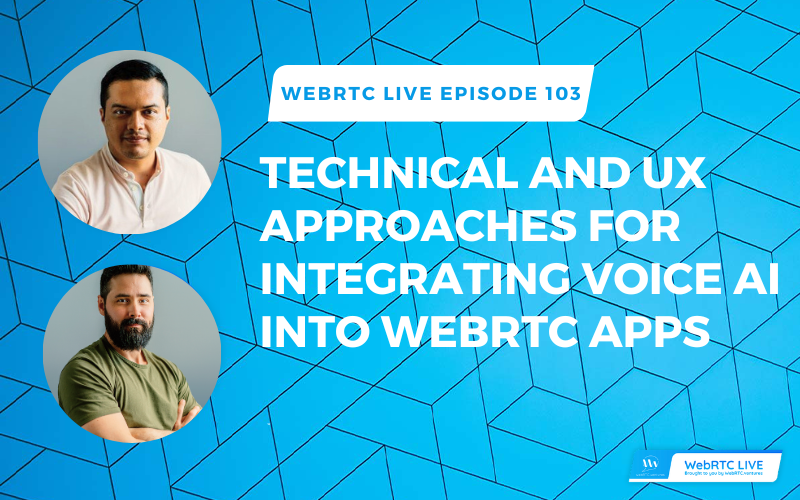
Large Language Models (LLMs) have dominated conversations about AI integration in WebRTC, particularly when it comes to voice-based features like transcription, summarization, and intent detection. But there’s an emerging layer that many outside of research circles are missing: Vision Language Models (VLMs). Unlike LLMs, which work with

WebRTC.ventures is proud to announce that AVA Intellect, the Live AI Agent platform we’ve been helping build over the past year, has been acquired by Wowza, a global leader in video streaming infrastructure and technology solutions. AVA is an AI-native startup specializing in intelligent and embedded agent

Adding Voice AI to WebRTC applications presents unique technical challenges and user experience considerations. How do you architect systems that handle real-time audio processing, maintain conversational context, and deliver natural, responsive interactions? And how do you design interfaces that adapt to the dynamic nature of AI-powered communication?

Traditional static web interfaces—while reliable for decades—are increasingly inadequate for the dynamic, adaptive nature of AI-powered applications. In a previous post, Rethinking UX: Emerging Interfaces for the AI Age, we explored key principles that define modern AI interface design, including: In this case study, we’ll show how






